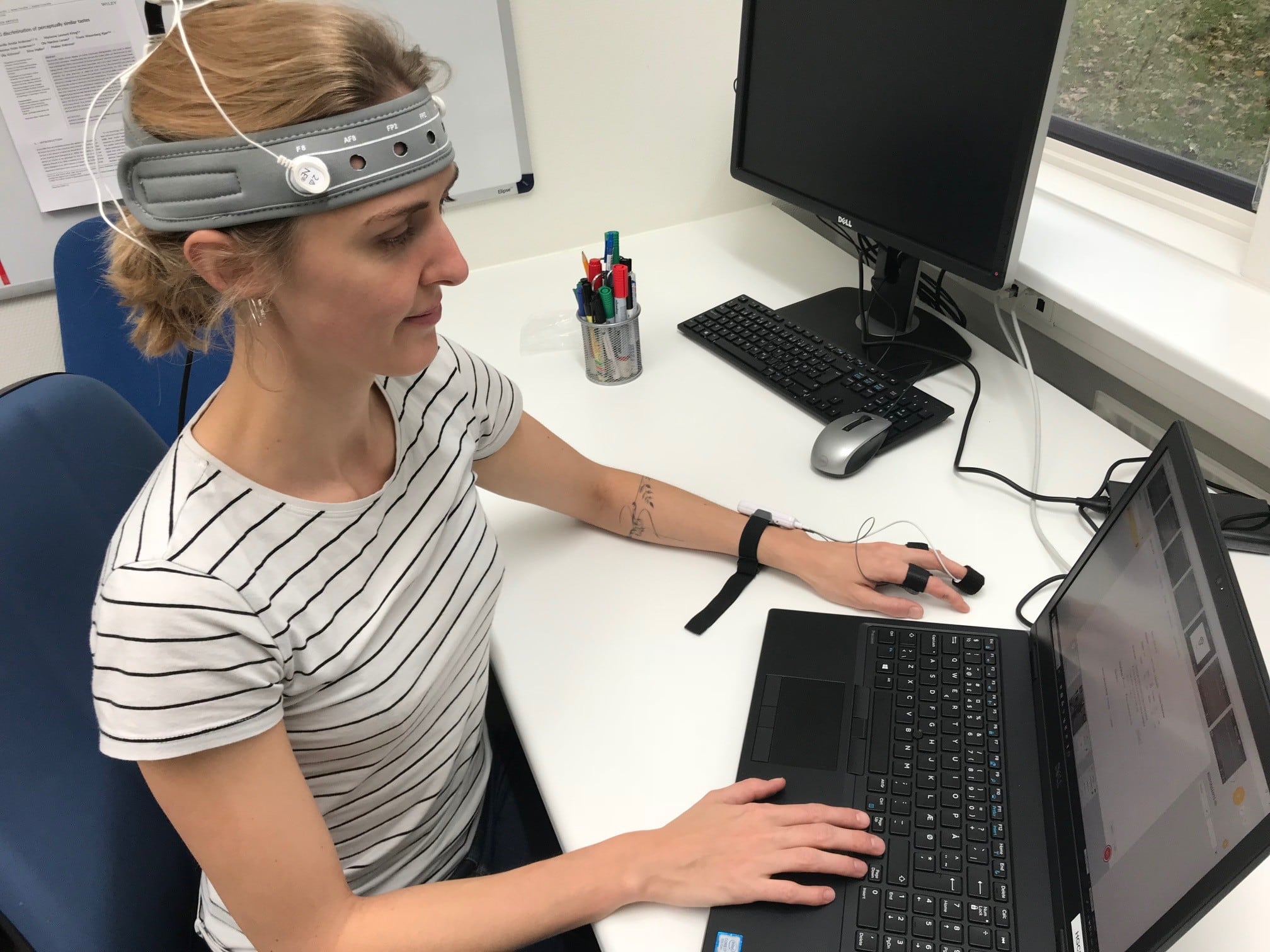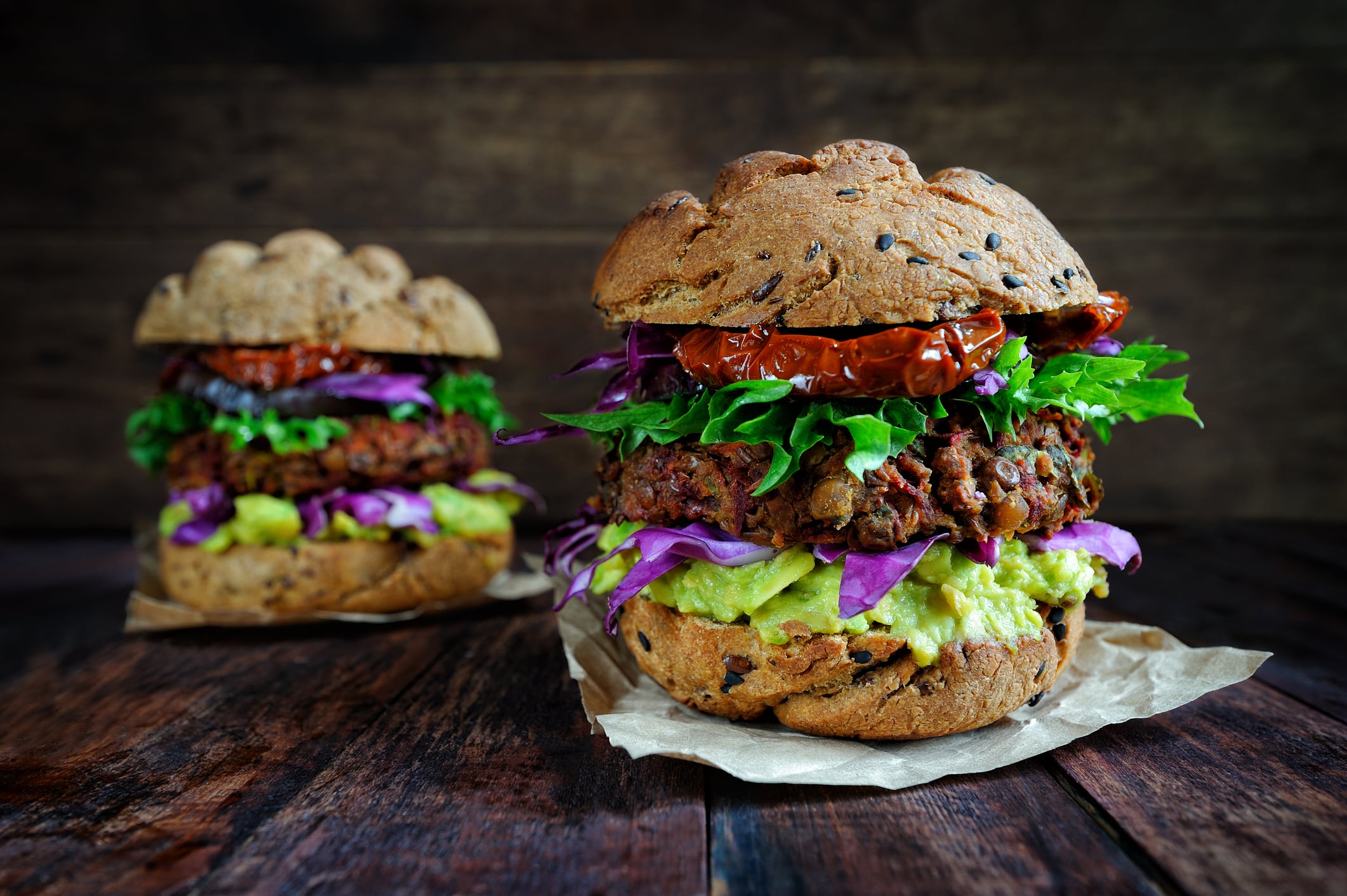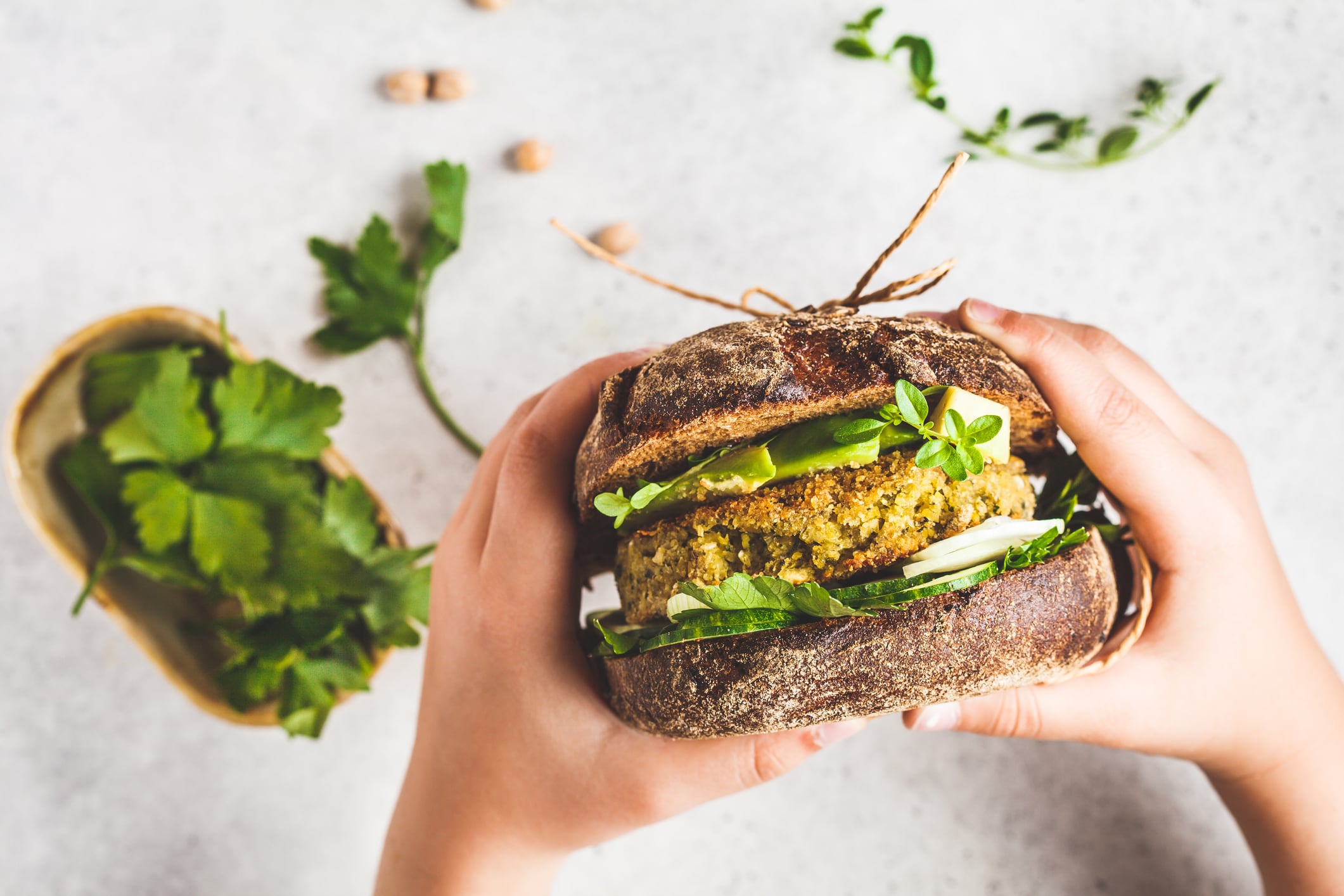Most new food products fail. Why? One reason, according to ingredients supplier DuPont Nutrition & Biosciences, is because consumer feedback obtained from traditional testing panels very often doesn’t, to use a culinary term, cut the mustard.
People, it turns out, are just too damn nice. “People are polite and it’s a real issue,” said DuPont Nutrition & Biosciences scientist Camilla Arndal Andersen. A desire not to offend is just one ‘unconscious bias’ people have preventing them from ‘shutting out the noise’ to give truly honest feedback on food and beverages, she elaborated.
“When we want to figure out whether our consumers like our products, they have a tendency to say 'yes, they do’. But when they're actually in the supermarket, do they then buy it? We see indications that they don't. I've seen a number saying that 80% of new food products fail on market launches even though we can ask consumers whether they like it or not.”
So, consumers have a tendency to say one thing, and do another. “People might not be aware that they have these biases so they might be lying to themselves,” added Andersen. “I don’t think people lie intentionally. Sometimes it’s not easy for them to say why they like something or not. They might say they like it because they know that I’m recording their responses and they want to please me, which is quite a common bias.”
The courtesy bias
And this desire to please isn’t always out of politeness. Take plant-based proteins. This is the fastest growing food category at present, according to DuPont, with manufacturers desperate for quick feedback on products in the hope of gaining the biggest possible slice of the growing plant-based pie.
But consumers are particularly fickle with their feedback in this sector owing to the ‘halo effect’ associated with these foods (interestingly, this could also explain why plant-based foods are being mostly eaten out of home). “Say I have four different types of meat alternatives and I ask whether they like them, they might say they like them all because they know they are meat alternatives and they want to appear like 'modern people',” said Andersen.
It’s a similar story for sugar-reduced products. It is common for people to say they like them, even if they don’t, in the attempt to appear fit and healthy. These reactions are known as ‘courtesy’ biases – where we give opinions that are considered socially acceptable, but are not actually our own.

Filtering out the noise
In order ‘to cut through the noise’ and get more accurate responses from people to the foods and beverages they are testing, Andersen has been digging deeper into sensory analysis and exploring Electroencephalography, or EEG. This is a fairly old, standard technique for measuring brain waves and sleep patterns but one that hasn't up to now been fully exploited for gathering information about taste perception.
Andersen and her team are making use of it to reveal peoples’ unfiltered and subconscious response to food. The idea is to remove the barrier of the conscious mind and instead target the information in the brain directly. By monitoring a person’s facial expressions, pulse, pupils and sweat levels, for example, Andersen is able to measure their first response to food before they’ve become conscious of it and rationalised it.
The diameter of your pupils, sweat production and pulse, for example, all increase if you taste something you really like. What’s more, they’ll do so before you become consciously aware that you really like it. The brain, explained Andersen, responds to taste around half a second before we are aware of it. "When you measure the brain, you can tell when someone says they like something but doesn't mean it," she observed.
This clearly has huge implications for food and beverage R&D. "We've seen the taste response 100 milliseconds after you get something on your tongue,” continued Andersen. “We see the brain lighting up, processing this taste response. We then tested it in application… say we have two different types of sweeteners. We could then assess which one of these sweetens gave us the taste response the most similar to sugar. We could have asked people: but these differences are hard to describe. And the differences are often so small that the participants can’t tell them apart. So, with this technique we can dig below what enters are consciousness. With EEG we are trying to open up the toolbox in the brain to retrieve more information than we can simply by asking people."
Unconscious food attributes may therefore prove to be vital to food experience and could be used to replace traditional ingredient sources with healthier or more sustainable options without sacrificing taste.
"Traditionally you have different products and then we test how consumers like it. Now we are also trying to help before they [the formulators] start producing those products to tell them what the drivers are of liking these products: what salt level should we aim at, etc?"
Secrets of the deep
Our guts, as well as our brains, may also hold intriguing secrets that may eventually assist the industry in food and beverage formulation, according to Andersen.
“The discovery of the microbiome is very new. There is so much to learn still. We also know that we have taste buds in the gut, and these taste buds are also referring back to the brain,” she revealed.
“We don't really know yet how they are doing it. Are they doing it the same way as the taste buds on the tongue? There's a lot for us to dive into.”
Assisting with the need to improve meat alternatives
For now, DuPont believes its innovations in sensory testing are key for the development of the quickly moving but still nascent plant-based meat alternatives industry.
According to Flemming Østergaard, DuPont's strategic marketing manager for plant-based meat alternatives in EMEA, speed to market is becoming less of a core focus for operators in this sector. Instead, as the category becomes more established, quality and scalability grow in importance.
“In order to compete in this sector, you need to provide a better product than in the past,” he observed. “We’ve seen a lot of product launches lagging behind with taste and texture and total quality aspect.
“That’s a key concern for the whole category - because it will not take off if people have a first or initial bad experience. Repetitive buying is very much relying on a good quality in terms of sensory experiences such as taste and texture.”
He added that, in such a quickly evolving space, consumers are still working out what they want from plant-based products. "Consumers are not able to express their needs just yet,” he noted.
Sub-categories will emerge as the meat alternative industry develops away from its current focus on products that seek to mimic real meat, he believes, again illustrating the need for the best possible consumer feedback.
Ultimately, he compared the meat alternatives market to the organic one. "If you look to when we had organic entering the market, organic was the key thing: now it’s just a pre-requisite because now the taste and texture should be good. It’s the same game being played here [in meat alternatives]. I think in the beginning it was about delivering, now it’s about improving taste and texture.”




